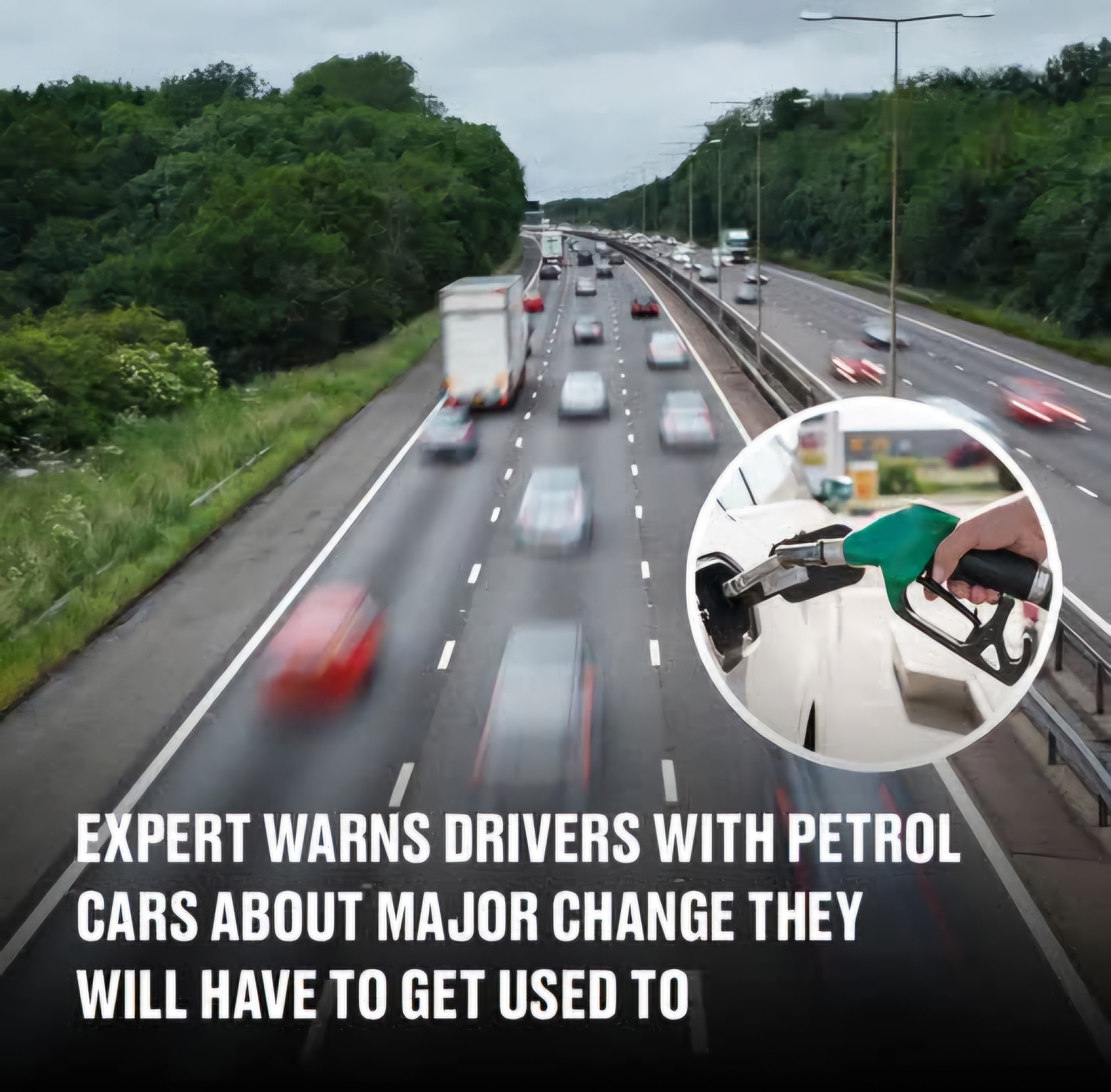The transition to electric vehicles (EVs) is no longer a distant concept—it is rapidly becoming a reality. Governments worldwide, including those in the UK and Canada, are implementing ambitious plans to phase out gas-powered cars. In the UK, the sale of new petrol and diesel cars will be banned by 2030, with hybrid vehicles following by 2035. Similarly, Canada aims to achieve 100% electric vehicle sales by 2035. While these deadlines may appear to be far off, experts are urging drivers of gas-powered vehicles to prepare for the changes now. This shift will bring significant adjustments to driving habits, infrastructure reliance, and long-term vehicle choices.

One of the earliest changes gas-powered car drivers will need to adapt to is the shift toward automatic transmissions. Unlike traditional gas vehicles with manual gearboxes, EVs operate without the need for gear changes. Stuart Masson, a representative of The Car Expert, describes this transition as “car industry 2.0,” emphasizing the importance of adjusting to a simpler driving experience. While this change may feel unfamiliar to drivers who have spent years mastering manual transmissions, it represents the evolving nature of automotive technology. Drivers will need to embrace this shift as EVs become the standard in personal transportation.
Another key change on the horizon is the gradual decline of gas stations. While they won’t disappear overnight, the prevalence of gas stations will decrease as EV charging networks expand. For gas car drivers, this change will necessitate more careful planning for long trips, much like the early challenges faced by EV drivers. As charging stations become more widespread, the convenience of finding a gas station may diminish, turning refueling into a challenge rather than a simple task.
Canada’s EV adoption strategy highlights this transformation. Automakers in Canada are required to steadily increase the availability of EVs, targeting 20% of sales by 2026, 60% by 2030, and 100% by 2035. These goals aim to drive the automotive industry toward electrification, but gas-powered vehicles already on the road will continue to be used for decades. This gradual transition gives drivers time to adapt, but the shift to electric mobility is inevitable.
One significant concern among potential EV buyers is range anxiety—the fear of running out of power before reaching a charging station. Stuart Masson, however, believes these fears are exaggerated. “The average journey is about nine miles,” he explains, highlighting that most modern EVs can travel up to 250 miles on a single charge. This range far exceeds the needs of most daily commutes and errands. As gas stations become less common, gas car drivers may also face challenges in planning their refueling stops. Yet, with expanding EV infrastructure, the convenience of charging an electric vehicle continues to improve, making the transition away from gas-powered cars increasingly viable.
Investments in charging infrastructure are critical to supporting this transition. Canada, for instance, currently has over 25,500 charging ports nationwide, with plans to increase that number to 33,500 by 2026. However, most charging stations are concentrated in provinces like Quebec, Ontario, and British Columbia, leaving room for growth in other regions. These investments are designed to make EV ownership practical and convenient for all Canadians, regardless of location.
Governments are also implementing financial incentives to accelerate the adoption of EVs. Automakers in Canada can earn credits by meeting EV production targets or by investing in public charging infrastructure. Additionally, consumers can benefit from rebates that reduce the upfront costs of electric vehicles, making them more accessible to a broader audience. These measures aim to encourage drivers to transition to EVs while supporting the broader shift toward sustainable transportation.
For those who wish to continue driving gas-powered vehicles, there’s no immediate need to worry. Stuart Masson reassures drivers that they will still be able to use their petrol cars for decades to come. However, the larger picture is clear: the automotive industry is moving toward electrification. Whether drivers choose to adapt gradually or wait until change becomes unavoidable, the shift is inevitable.
As bans on new gas-powered vehicles take effect around the world, drivers must begin preparing for the new era of transportation. Adjusting to new driving habits, understanding evolving infrastructure, and exploring the benefits of EVs will be essential steps in navigating this transformation. The transition to an electric future may seem gradual, but it is well underway. By proactively adapting to the changing landscape, drivers can ensure a seamless journey into the age of electric mobility. The road ahead may seem uncertain, but it is also an opportunity to embrace innovation and contribute to a cleaner, more sustainable future.





